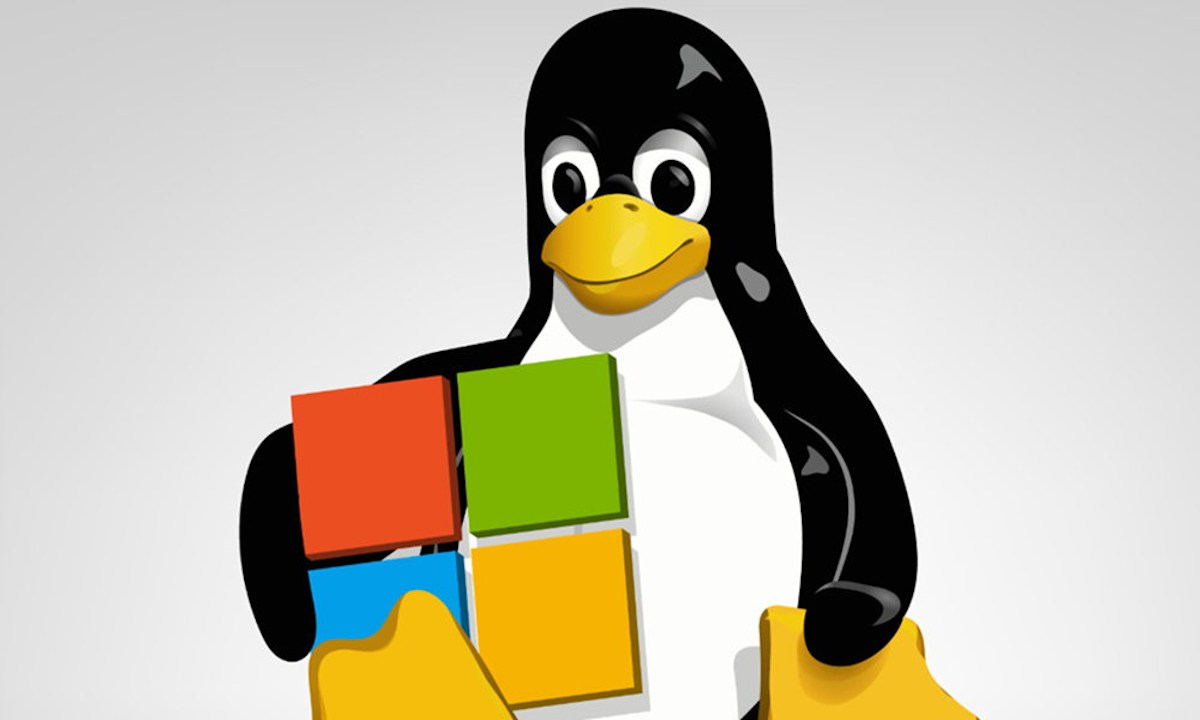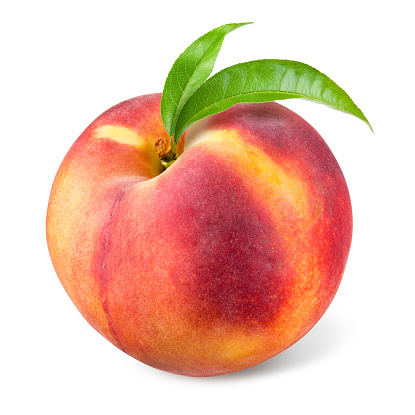The main focus of my current work at Microsoft has a lot to do with
CBL-Mariner - the Microsoft Linux distro that is being used heavily within our cloud infrastructure and beyond.
More precisely, me and my immediate colleagues are involved into porting a part of our Telecom infrastructure to this platform. Without entering into details, it is an exceedingly rewarding effort that results in knowing some internals of this platform quite well - and fulfilling a business necessity into the same time.
The job is made easier by having direct access to the Mariner team itself along with a lot of internal documentation and help - one of the many delights derived from working for a business that produces widely-used core technology.
And yet, the question remains: what is it like using Mariner from outside? What can be learned from it? Well, this series of blogs (i.e. "A Mariner Story") will try to give some answers in this respect.
What?
I hereby initiate a series of blog articles recording my dwellings with this platform as an outsider. These articles will make use and refer to exclusively public sources and technologies. In fact, I write this introductory article on Ubuntu 20.04.3 LTS directly in the browser.
The Mariner version addressed will be whatever GA version is current (1.0 at the time of this writing). The whole material will be based on experiments carried out outside of my work duties. The scope will be to explore the platform for the sake of technological curiousity and without any particular business purpose in mind.
When?
Starting today. While I cannot promise a cadence, I'll try to publish often enough to maintain fluency.
How?
The whole experiments will be carried out on the latest Ubuntu LTS (20.04.03 at the time of this writing) and the platform will be tested via publicly available tools such as Oracle VirtualBox.
I already dedicated an Ubuntu box (recycling an old computer of mine) for the purpose and Windows will be considered only to demonstrate WSL or Container on Windows capabilities, if needed. In such case, Windows 10 Professional will be the platform of choice.
Who?
The target audience are people with a passion for Linux and who wish the learn more by building, configuring and tweaking a new but important Linux distribution.
Disclaimer
If not obvious from the paragraphs above, this effort is entirely personally motivated. It is not required or endorsed by Microsoft and the opinions expressed herein are my own and not of my employer.
Ready?
Yes.




